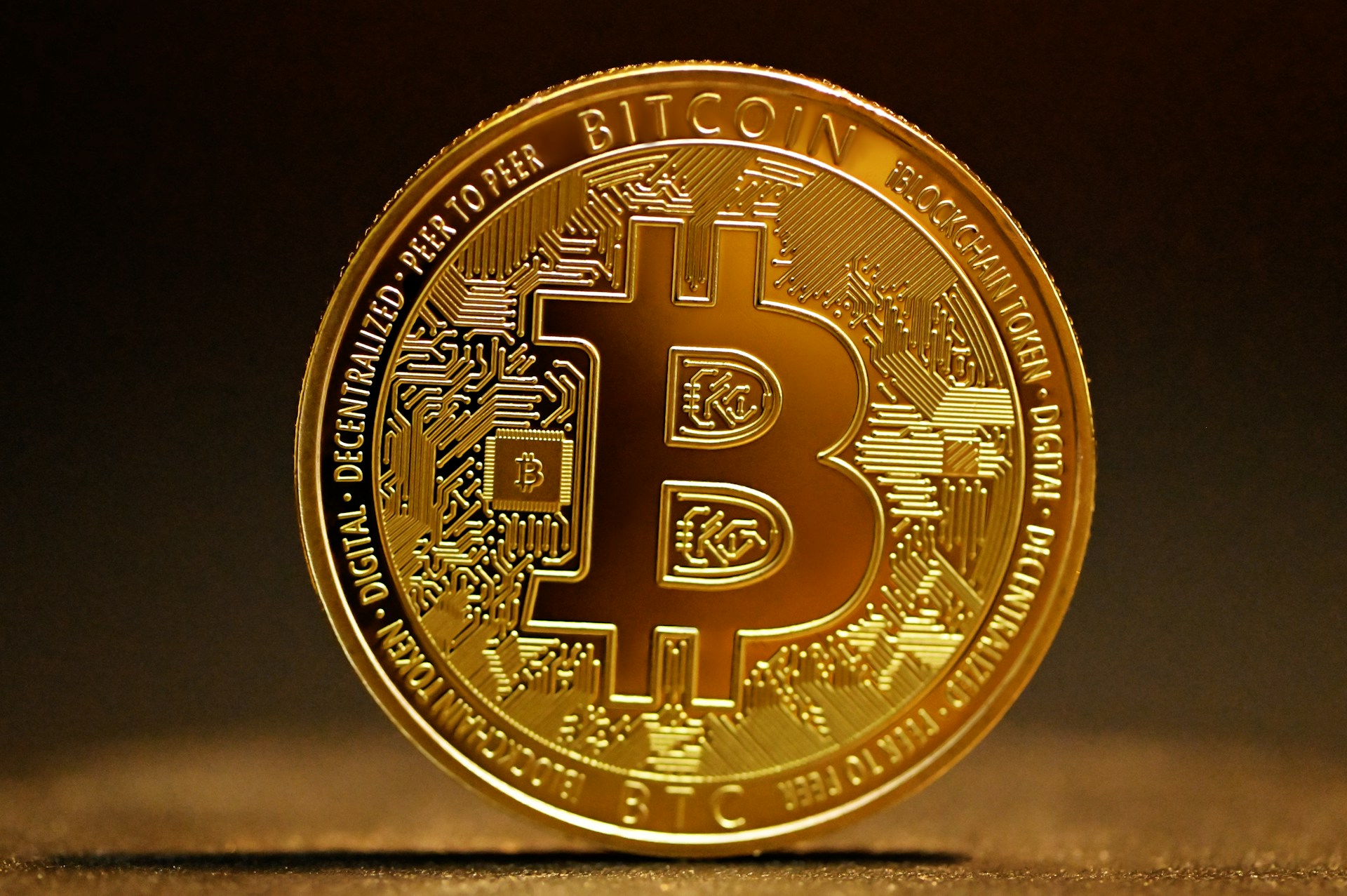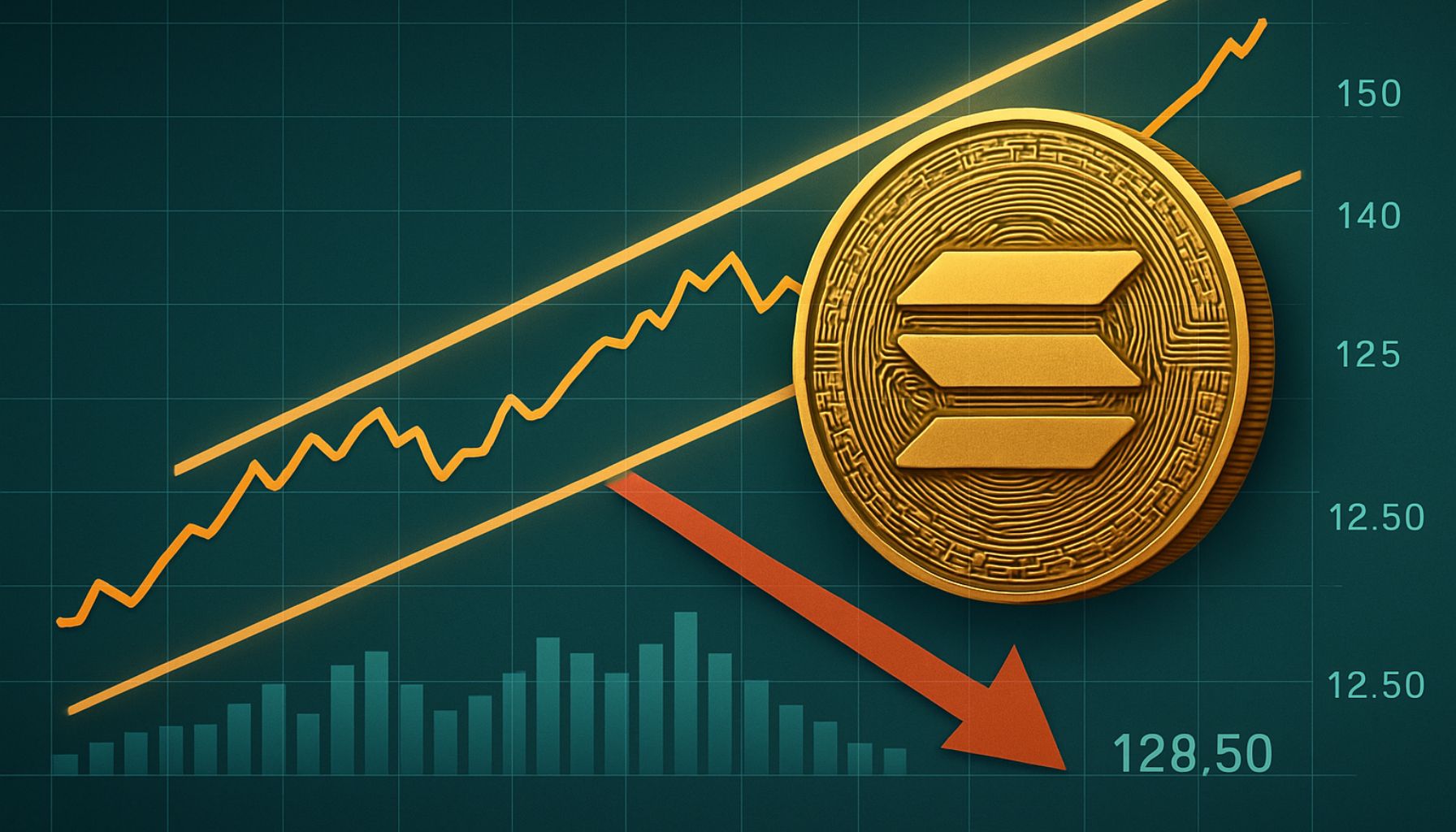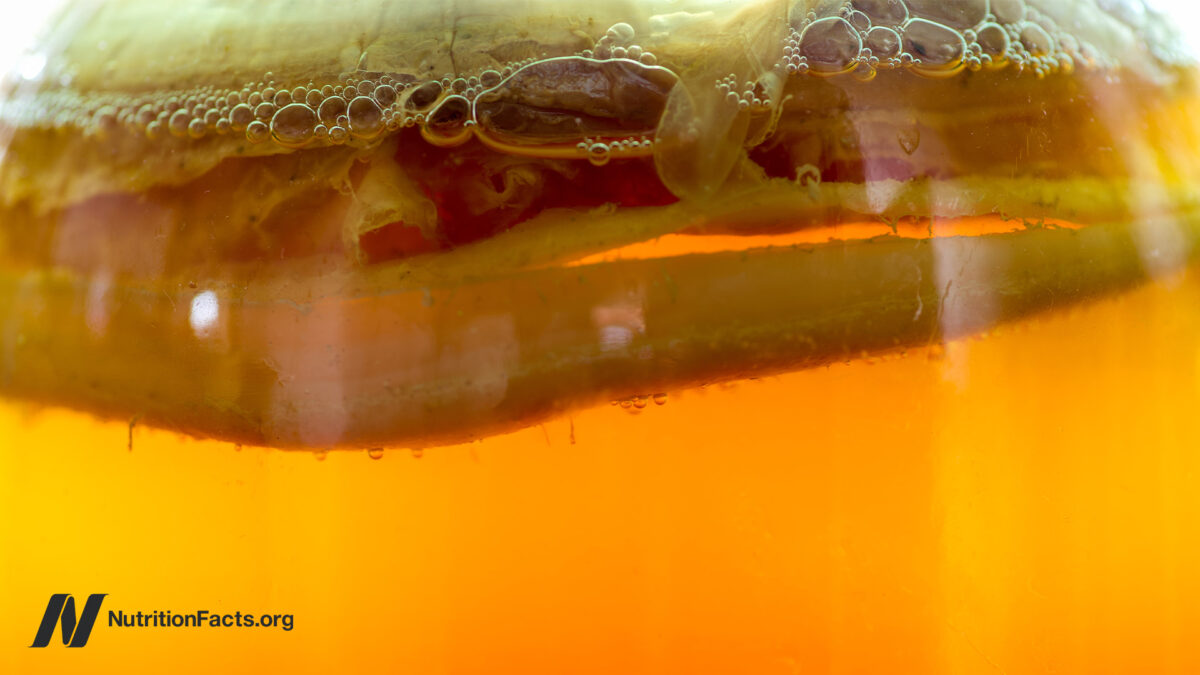4 factors why Millennials and Zillennials still don’t have a critical illness insurance
Tune Protect's Critical Safe+ is a critical insurance plan that covers up to 39 critical illnesses. Here are its benefits & pricing.

[This is a sponsored article with Tune Protect Malaysia.]
I’ll be honest. As a 27-year-old that actively does rock climbing at least three times a week, I don’t have the most comprehensive insurance plan, even when I’m fully aware of the risk the sport carries.
To give a bit of context, my medical insurance plan only covers hospitalisation with a limit of RM100,000 annually.
Even if I don’t plan on upgrading my current insurance coverage, I should, at the very least, sign up for a critical illness insurance plan to bolster my already limited coverage, right?
While the answer to that would be a resounding “yes, you should”, the thought of booking an appointment with an insurance agent and sitting through their sales pitch seems rather daunting.
I’m sure I’m not the only one who thinks this way, too. To find out why Millennials (born from 1981 to 1992) or Zillennials (born from 1993 to 1998) do not have critical illness coverage, Tune Protect Malaysia had us ask our colleagues and friends. Here are some of our findings.
1. A lack of understanding about the insurance policy
Unlike medical insurance, a standalone critical illness insurance plan is not as well-known in terms of the benefits it provides.
When we asked interviewees whether they knew the difference between the two, four out of five respondents either had not heard of a critical illness plan, or had heard of it, but were not entirely sure what it does.
Our resident cosplayer and video editor, Loke, who’s a Zillennial at age 27, even mistook it for a personal accident coverage plan, which provides financial coverage for bodily injury, permanent disability, or accidental death.
Thus, not having a complete understanding of what sets a critical illness insurance plan apart from a medical insurance plan makes it one of the factors why Millennials and Zillennials are not signing up for it.
Matthew, our head of content production and another Zillennial at the age of 29, added, “My knowledge towards insurance is very limited, and no one had told me the differences and the benefits.”
And I understand him. If I’m going to fork out a sizeable amount of money throughout my lifetime to pay for something, I would, at the very least, want to know what kind of benefits I’ll be getting.
To shed light on the differences between the two insurance plans mentioned, a medical insurance plan pays for the cost of hospital treatment and medication when the patient is hospitalised.
A critical illness insurance plan, on the other hand, provides a lump sum payout upon diagnosis of a critical illness such as a heart attack, cancer, stroke, and kidney failure.
2. Insurance policies which can be overly complicated
Another reason why many are not familiar with the difference between a critical illness insurance plan and a medical insurance plan, is that insurance policies on what they cover can sometimes come off as vague and complicated.
To put things into perspective, my insurance plan, which is considered one of the more affordable ones covering only hospitalisation, is still 66 pages long. Not to mention, they’re filled with complex jargon and sentences, in my opinion.
 Rikco, our business development executive
Rikco, our business development executiveOur business development executive, Rikco, a Millennial aged 31, agreed, saying, “Some insurance policies can be complicated, and sometimes you’ll need someone like an insurance agent to better explain the policies and what you’re entitled to receive.”
Sade, our Managing Editor and a Zillennial aged 25, said that her medical insurance planning was handled entirely by her mother, and all she has to do now is contribute some money to the monthly premium.
Even then, she is still unaware of what her policy exactly covers, and admitted to being a little too lazy to learn about it now.
While not many of our interviewees have had a bad experience as a result of not understanding their policies fully, Zhareef, our social media executive, and also a fellow Zillennial at age 25, had read stories and watched documentaries where loopholes were exploited in order to benefit the insurance provider.
Even though these stories are somewhat anecdotal, they’re still enough to cause hesitation among those seeking to sign up for their own critical illness insurance plan.
3. Other financial commitments take priority over having a critical illness insurance
Signing up for a critical illness plan might not currently be financially feasible for some of the Millennials and Zillennials we spoke to.
For example, Matthew highlighted that because he’s living on his own, he has to set aside cash for rent, groceries, and other financial obligations.
Sade is in the same boat, with the addition of having a pet to care for, which contributes significantly to her monthly expenses.
 Matthew, our head of content production
Matthew, our head of content productionIdris, a freelance painter who’s a 30-year-old Millennial, mentioned that he would sign up for a critical illness plan if it’s affordable, and once his finances have stabilised.
The perception that critical illness insurance plans are expensive plays into the decision of not signing up for one, too.
To solidify this theory further, we asked the interviewees how much they think a critical illness plan with a coverage of up to RM100,000 annually should cost. The responses we received ranged from RM50 to RM400 a month.
However, if you do a bit of digging, it is actually possible to find affordable critical illness plans like Tune Protect Critical Safe+, which covers up to 39 critical illnesses with sum insured of up to RM200,000 from RM20 a month, depending on one’s gender, age, chosen sum insured, and more (terms and conditions apply).
Tune Protect Critical Safe+ also offers the option of making a monthly premium payment to ease their financial commitment.
However, if you’re able to comfortably afford to pay premiums annually, you’ll be entitled to some savings compared to paying monthly.
4. Lengthy sign-up processes and pushy agents
When it comes to purchasing insurance, many of our interviewees also expressed that they feel hindered by insurance agents who can be intimidating and pushy.
For Loke, it sometimes felt like they just wanted to sell him a more expensive plan than to help guide him through the insurance process.
Zhareef, on the other hand, raises an interesting point. “Personally I wouldn’t really trust insurance agents, not because of who they are, but simply because they only know how to sell insurance plans for a single brand.”
“Ideally, I’d like to compare plans from various different brands and choose the best one,” he followed up.
As for Idris, he found that insurance agents can be quite annoying to deal with because they tend to upsell instead of offering a plan that best fits his needs.
After the initial consultation, the entire sign-up process with an agent can also sometimes take up to a week, which means that you would have to further take time off to collect the insurance card and the policy booklet.
However, the process of signing up for a critical illness insurance plan does not need to be time-consuming or convoluted.
For example, Tune Protect Critical Safe+’s sign-up process is relatively straightforward as you can sign up directly from their website or mobile app.
 You can sign up directly on Tune Protect’s website or mobile app instead of going through an insurance agent
You can sign up directly on Tune Protect’s website or mobile app instead of going through an insurance agentAlso, there’s no need to book an appointment with an insurance agent, which is a plus for those who prefer not to meet one.
On top of that, another benefit of signing up for Critical Safe+ online is that you will be able to submit your claims without needing to go through an insurance agent.
They are also committed to providing an appealing customer experience by allowing users to buy the plan within three minutes, receive a response within three hours, and have their claims paid within three working days upon approval.
In addition, if they miss or delay your payout, Tune Protect will add an additional 1% of the total sum insured for claims paid beyond 3 working days from the approval date.
Insurance coverage is better late than never
Even though our interview is limited to just a few Millennials and Zillennials, there is no “right” age to sign up for a critical insurance plan as medical complications can happen at any moment.
According to the national health and morbidity survey 2019, the number of Malaysian adults with high cholesterol levels, hypertension, and diabetes are on the rise, among other critical illnesses.
The scariest thing is that many aren’t aware that they’re part of the statistics until it’s too late. Therefore, even if you’re healthy, critical illness insurance plans can bolster your coverage in case something does happen.
If you only decide to get it after falling ill or becoming disabled, it might be too late to get one then as insurance typically will not cover preexisting conditions.
Critical Safe+ by Tune Protect covers Malaysians, permanent residents of Malaysia, and non-Malaysians that are legally working in the country, across the age range of 15 days old to 60 years old.
Find out more about Tune Protect Critical Safe+ here.Read more about the National Health and Morbidity Survey here.
 KickT
KickT 






























